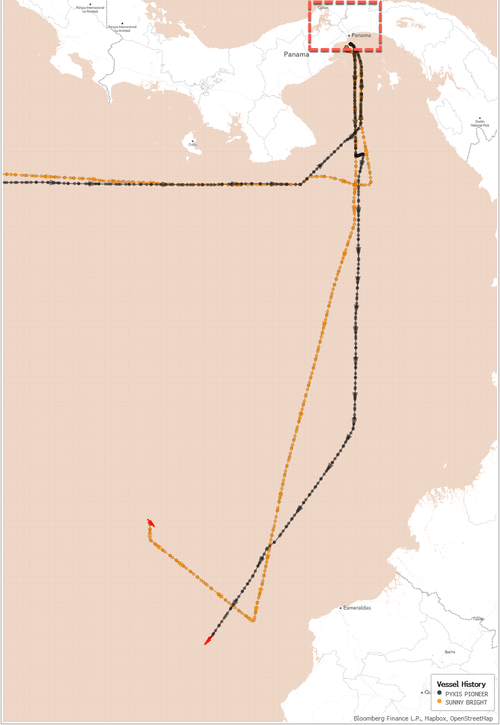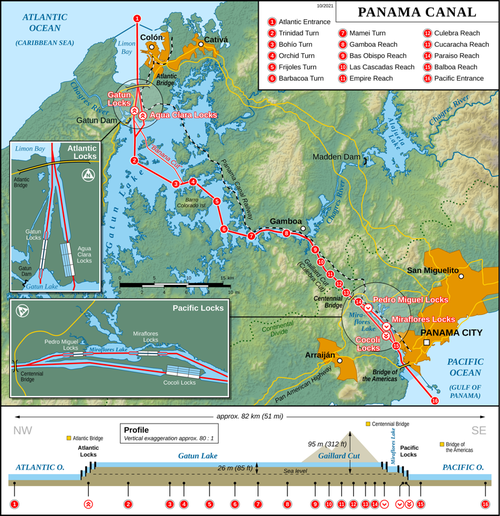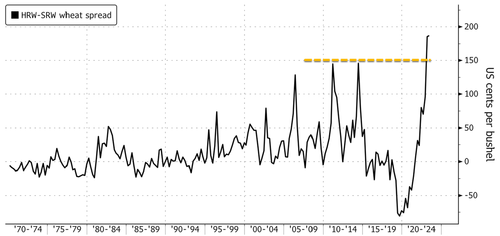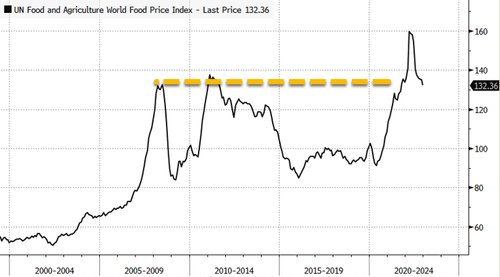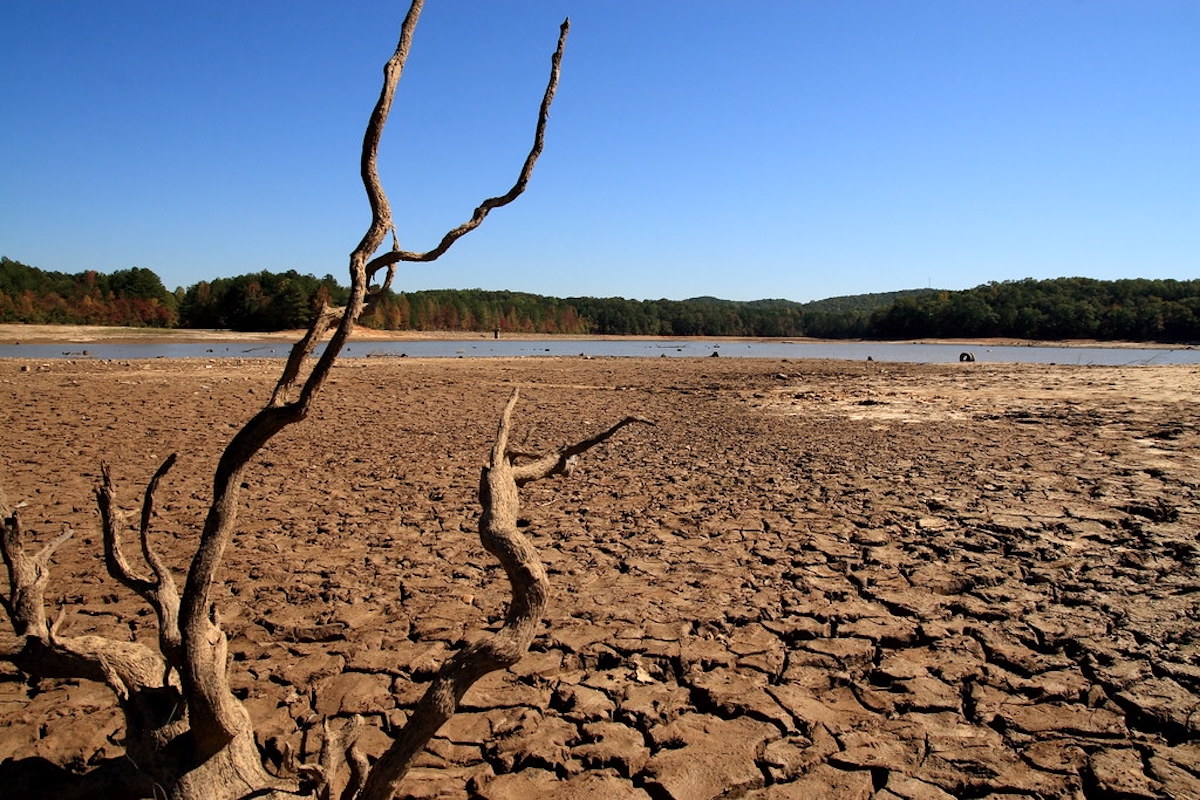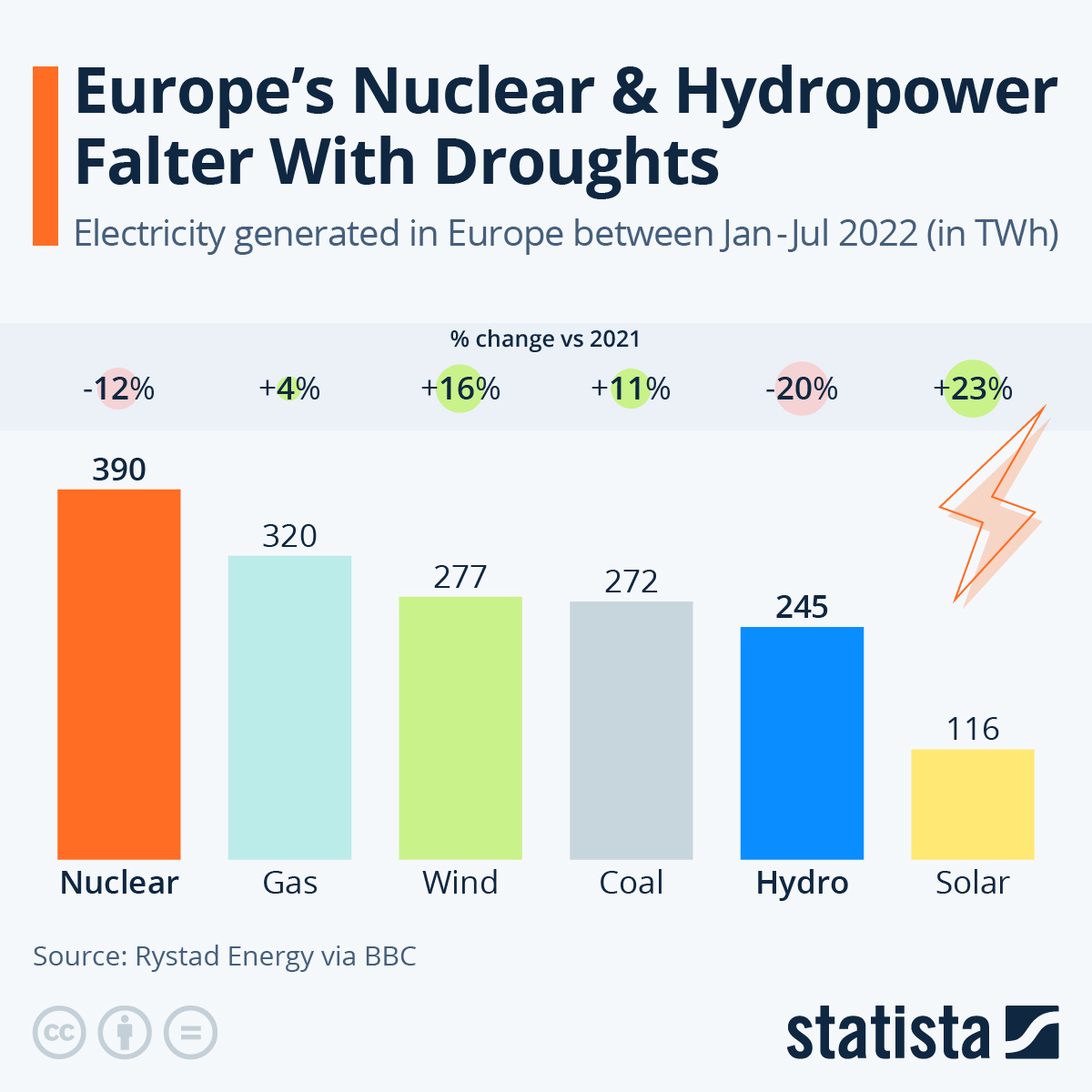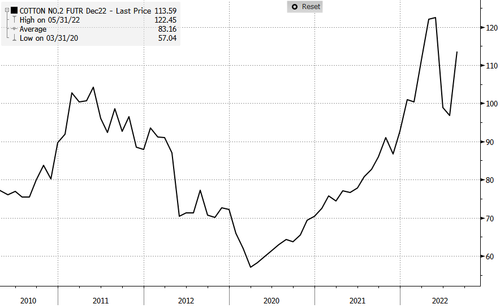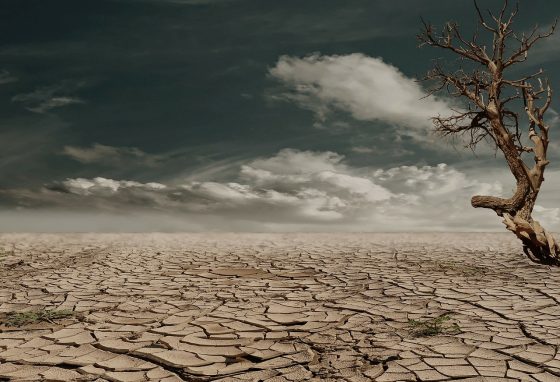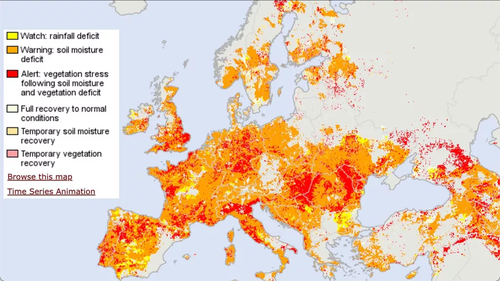Extreme droughts across Europe are revealing thousands of years of lost history.
In some regions, centuries-old warning messages etched into boulders have been exposed. As StrangeSounds.org reports, these rocks – known as “Hungersteine” or “Hunger Stones”

One stone, embedded in the Elbe River, which runs from the mountains of Czechia through Germany to the North Sea, dates back to a drought in 1616, is once again visible in the dry riverbed.
The warning reads, “Wenn du mich seehst, dann weine” – “If you see me, weep.”

Source
“Hunger stones” like this one were used as “hydrological landmarks” across central Europe, NPR reported when the stones last surfaced during a 2018 drought.
These stones are “chiselled with the years of hardship and the initials of authors lost to history,” a team of Czech researchers wrote in a 2013 study.
“The basic inscriptions warn of the consequences of drought. It expressed that drought had brought a bad harvest, lack of food, high prices and hunger for poor people.”
Europe’s current drought is certainly historic. As StrangeSounds.org goes on to note, the XIV century Mesta Bridge in Villarta de los Montes (Extremadura, Spain), a nice example of Mudéjar-Gothic civil engineering. Since 1956 it’s been covered by the waters of the Cijara Reservoir, but the drought has brought it back to light.
The remains of the Aquis Querquennis Roman castrum in Galicia, which is normally covered by the waters of the Lima River and the Concha reservoir. It dates back to the III century and was on the Via Nova.
As Italy faces “the most serious water crisis in the last 70 years,” a 450lb , World War II-era bomb was exposed in the dried up Po River bed…
…click on the above link to read the rest of the article…




